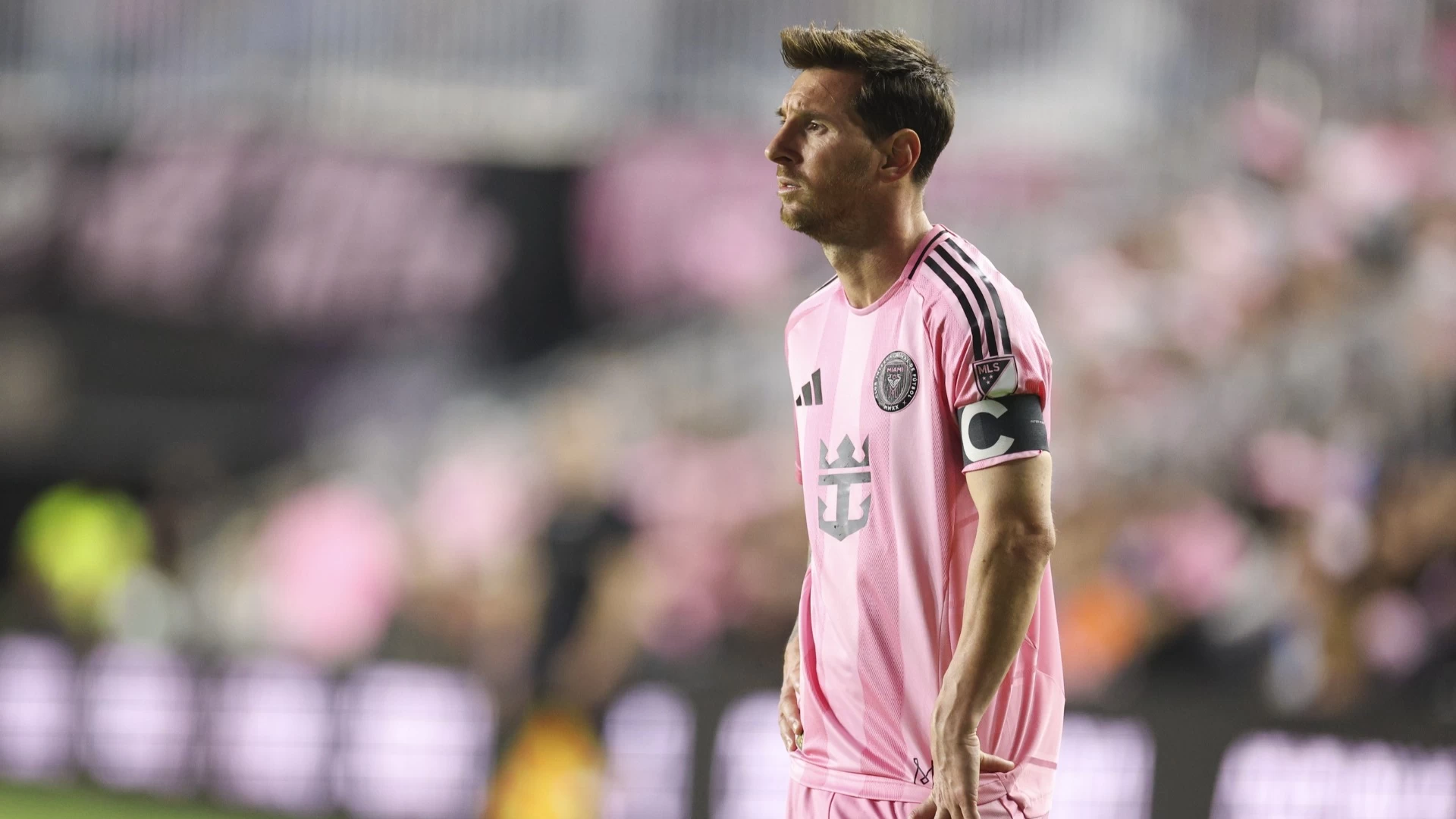Houston Dynamo: How owner Ted Segal turned potential into progress
With the Dynamo set to vie for their second Open Cup title (won in 2018) and on course for an Audi 2023 MLS Cup Playoffs berth, quite possibly in the top half of the bracket, which grants at least one round of home-field advantage, he sees both near- and long-term progress, even if the day-to-day process can be painstaking.
“To do this right, it has to be immersive,” said Segal. “As much as you think you know leading up to the acquisition and the diligence process, you don’t know the half of it until you actually get under the hood and you’re the controlling owner.”
Segal speaks of a three-pronged mantra:
That points to the urgency of making HDFC both a good neighbor and an entertainment product worth revisiting, hence the early emphasis on making their stadium and its East Downtown surroundings more inviting.
“East Downtown is unique and special, and we have gone about efforts to expand our footprint here,” said Segal. “We’ve acquired several tracts of land at this point that we have a blank canvas to, in tandem with some of the other folks who are investing in this area, really enhance the experience, pre- and post-game. Notably, we moved our entire organization’s business operations to a building a block away from our stadium. Now our entire staff is in a 26,000-square foot, newly renovated office building, working where we play.”
Houston is one of a few ‘legacy’ markets that present both upsides and obstacles for MLS, a markedly different proposition from the expansion process in newer markets. MLS Commissioner Don Garber has used the phrase “it’s easier to be new than improved” in that context, and Segal nods knowingly when presented with those words.
“I think at a certain level, our new entrants have benefited from the efforts of our legacy clubs in the growth of MLS over the last 20 years, so that they can step into a league that is at the level of quality of play, of fan enthusiasm, of revenue, that they can build $300-$400 million stadiums,” he said. “When you’re MLS 1.0 or 2.0, we are a little behind in what I call the stadium arms race.
“So taking what was a sub-$100 million capital-cost building that’s not that old, only 10 years old, and trying to transform it, or get it up to the standards of what some of our friends have, doesn’t happen overnight. But it’s something that we’re intent on doing year over year. So this building is going to be a work in progress every year. We’re going to make enhancements to it … if we’re able to execute and improve rather than coming in new, I think it’ll be a great accomplishment for our organization and our standing in the league.”



